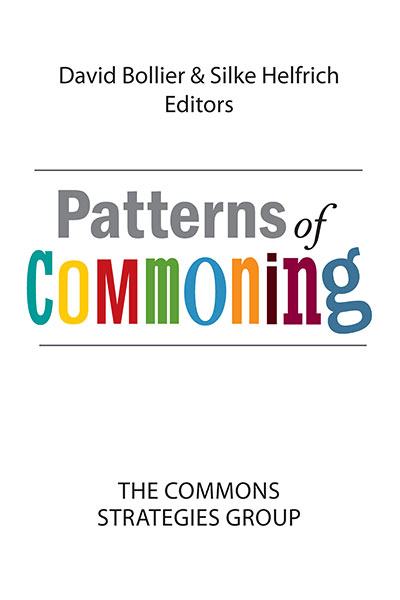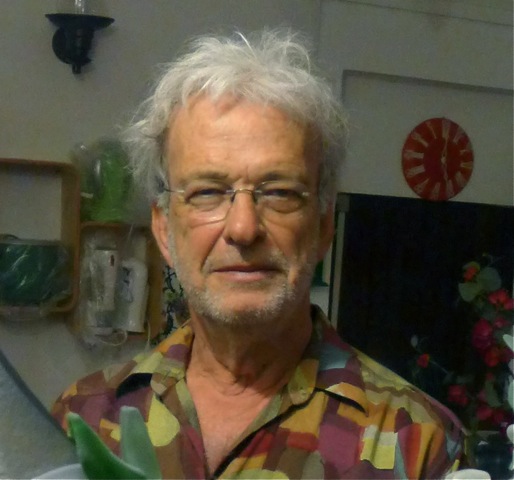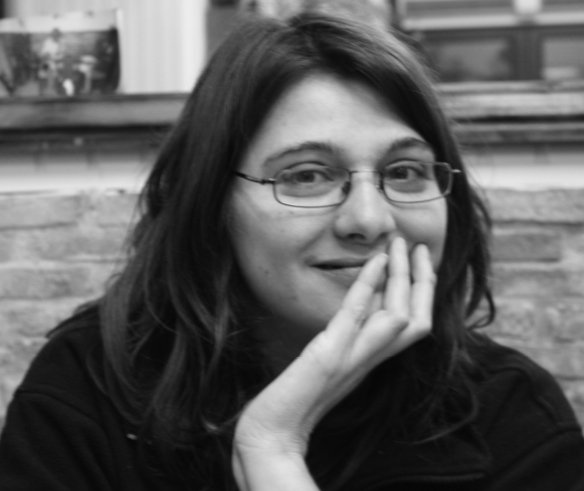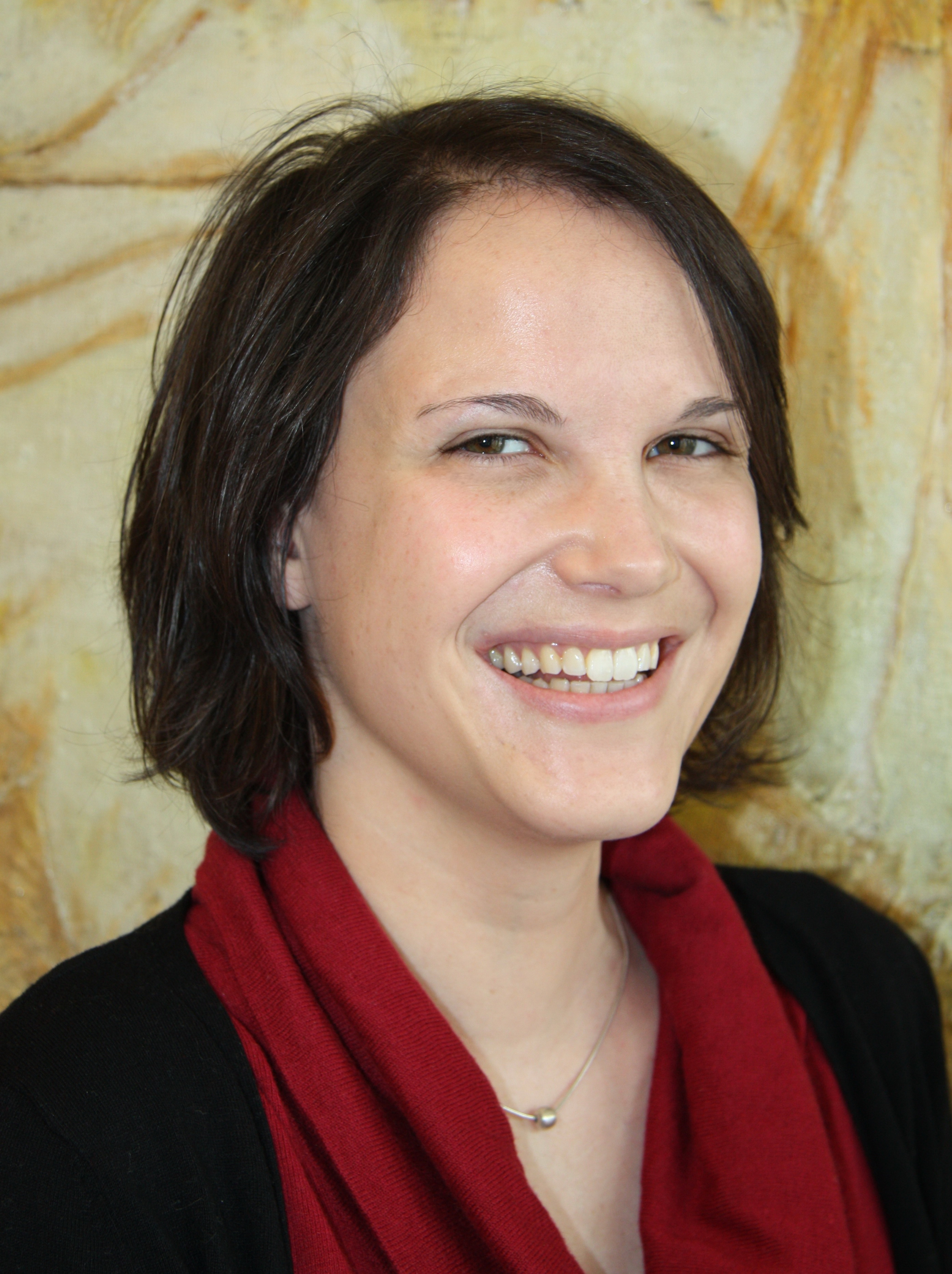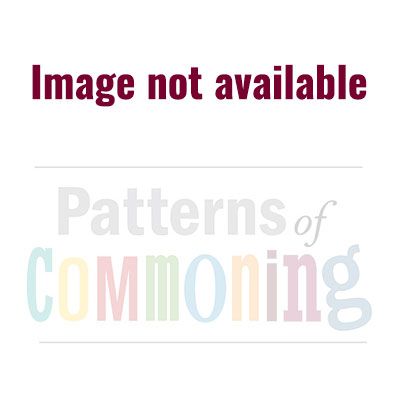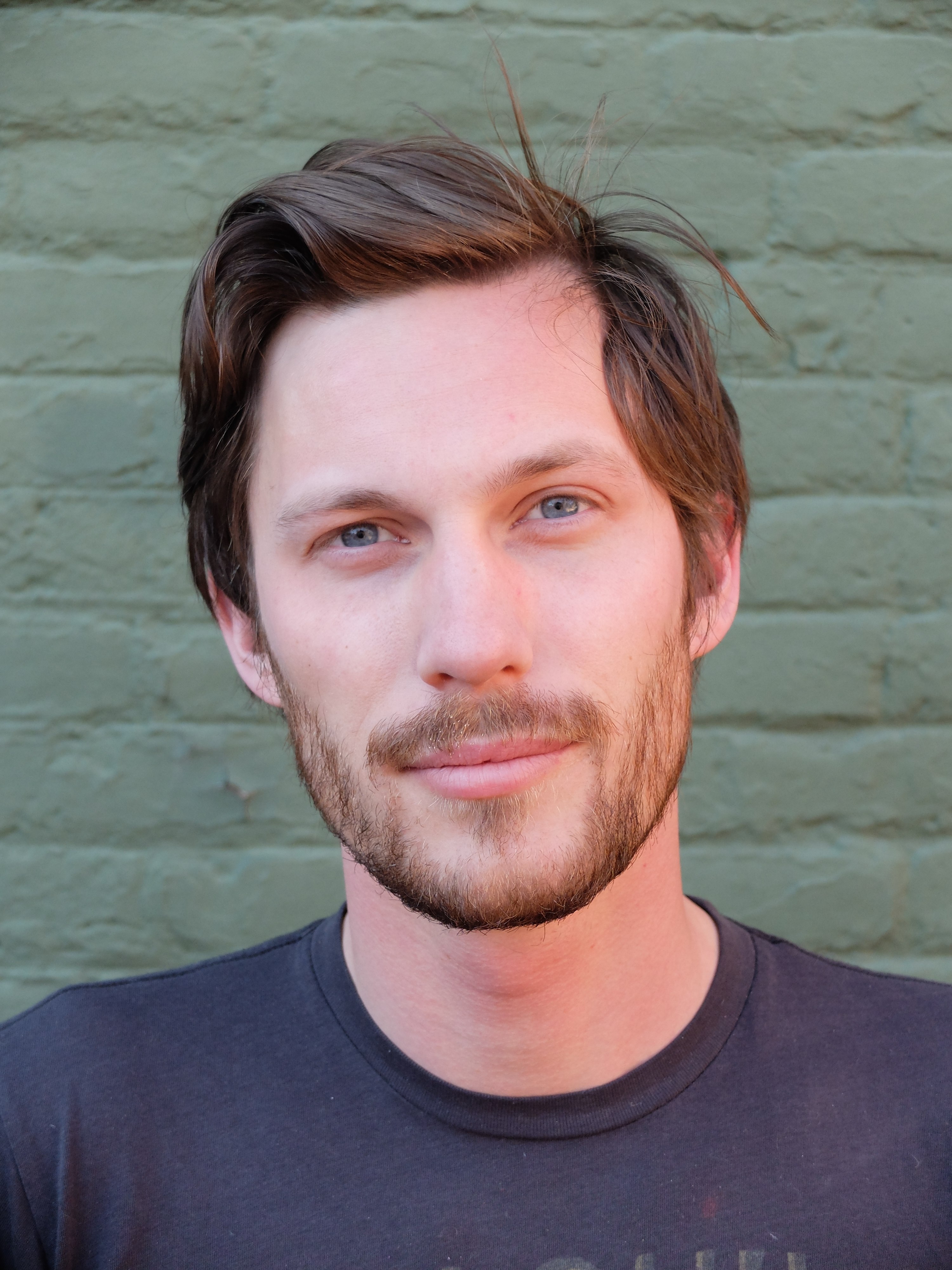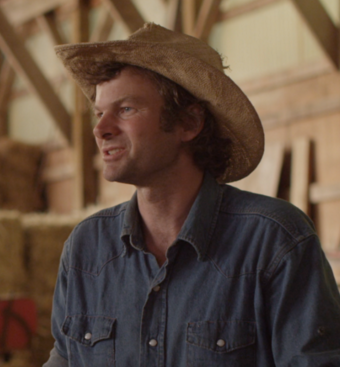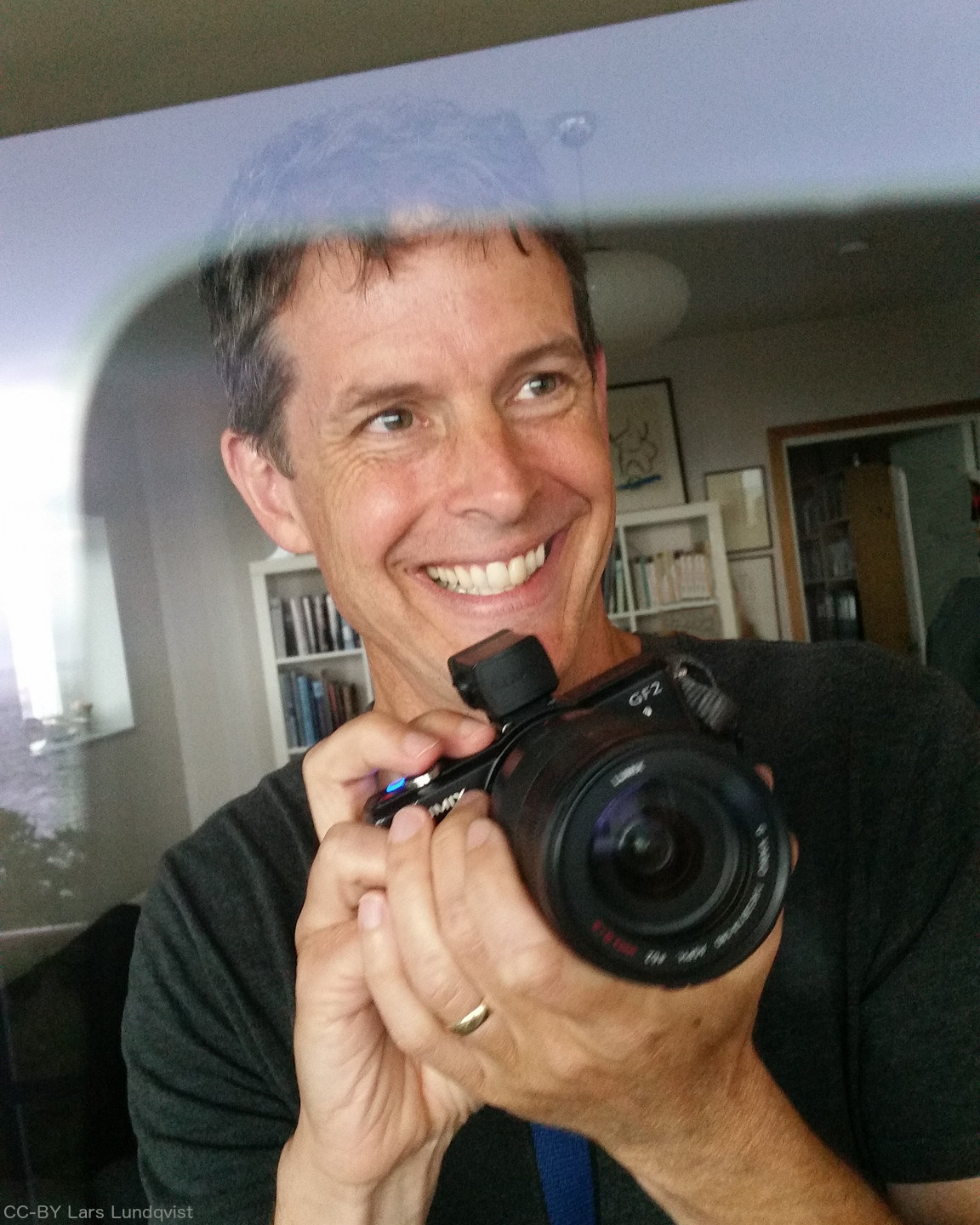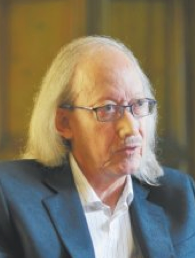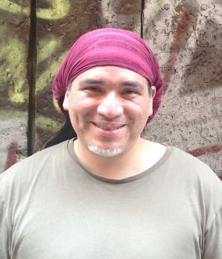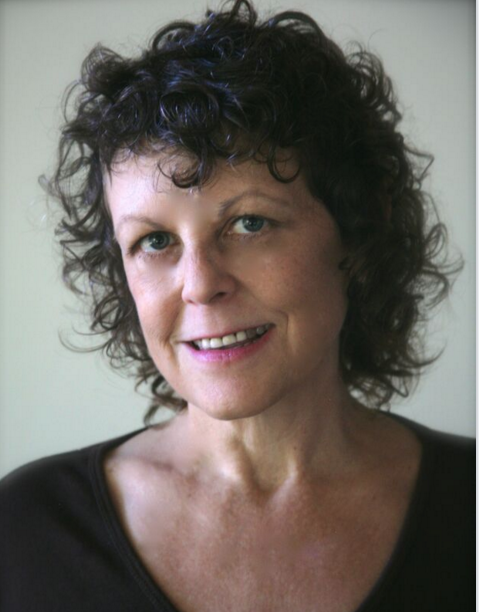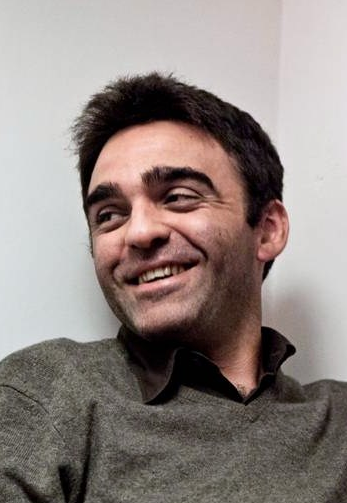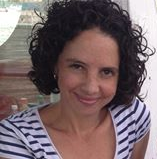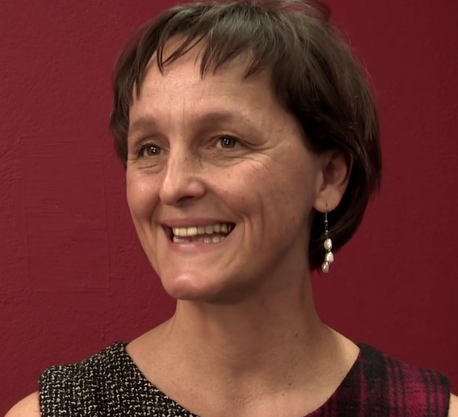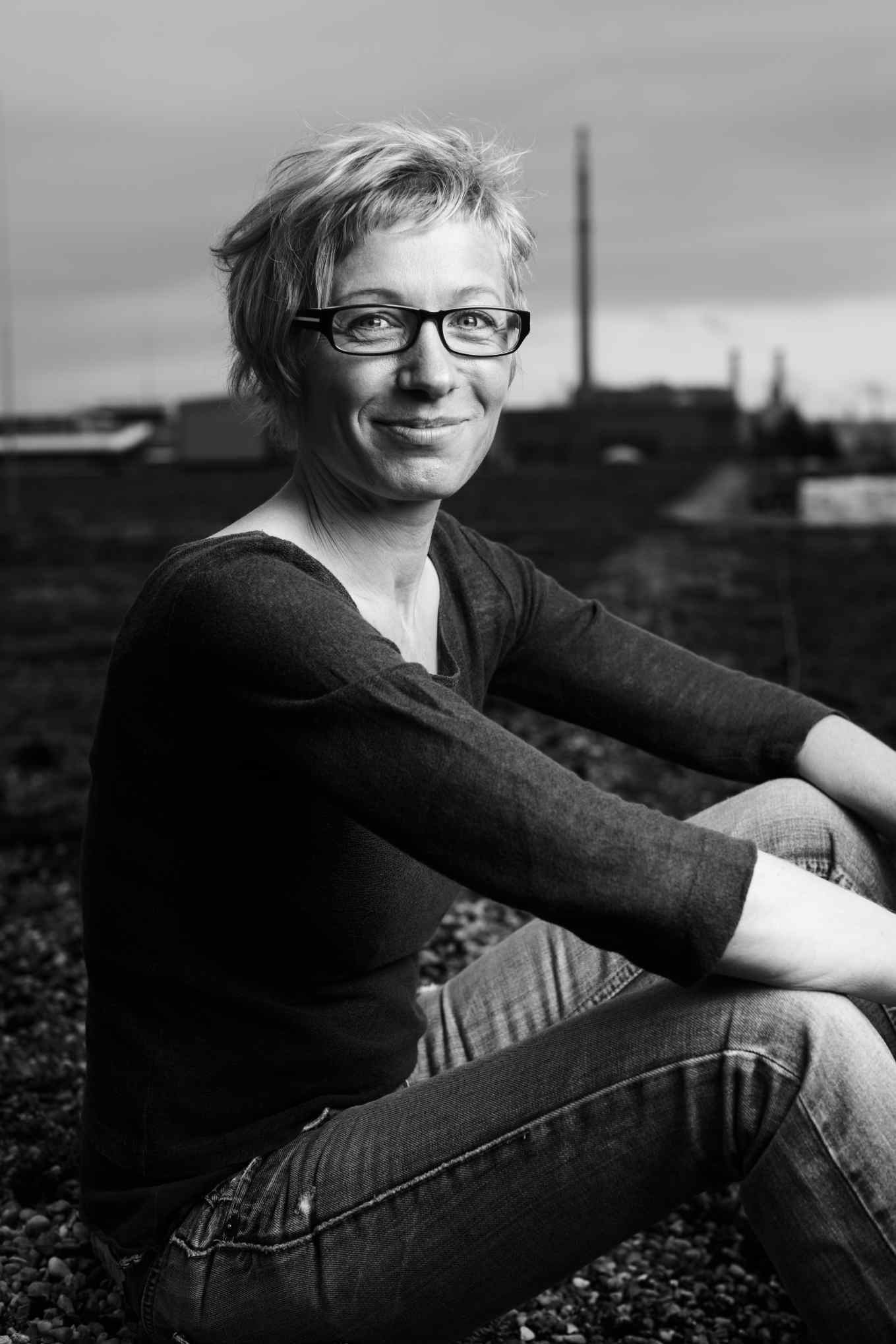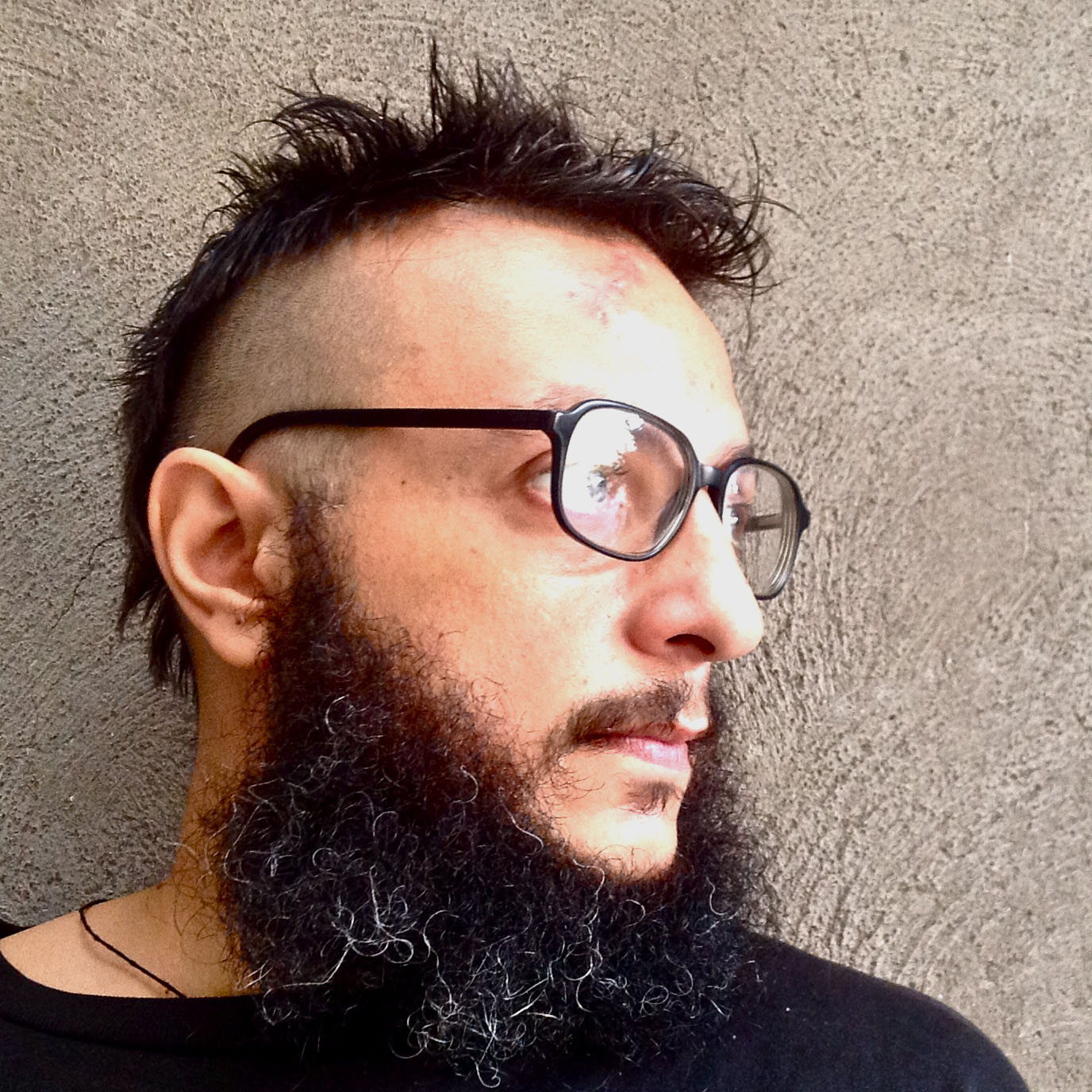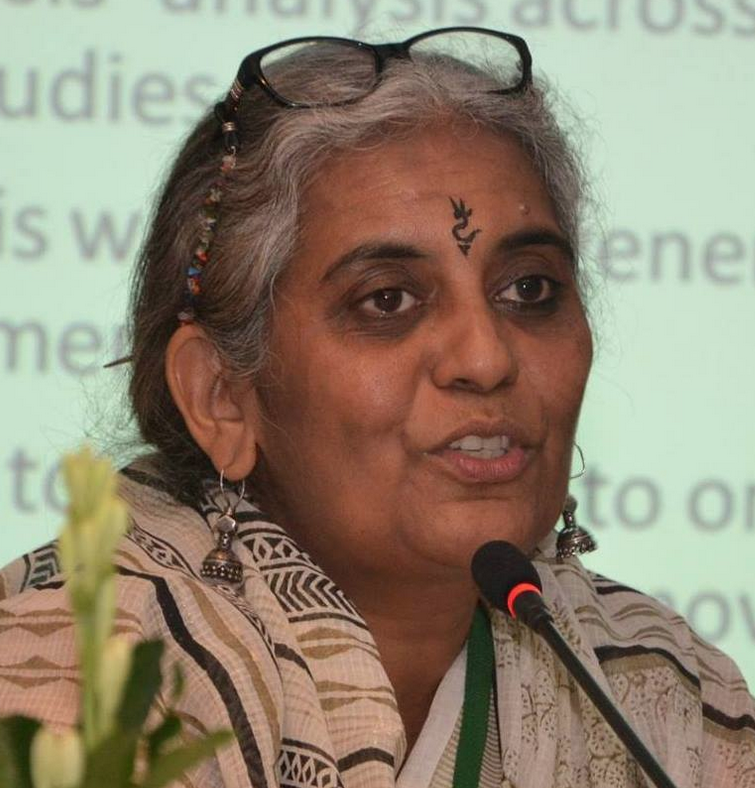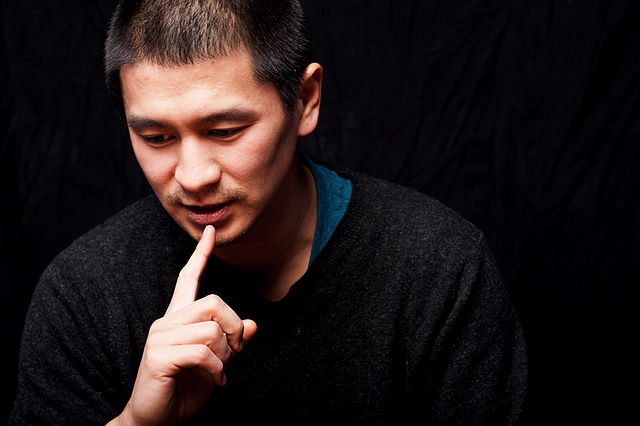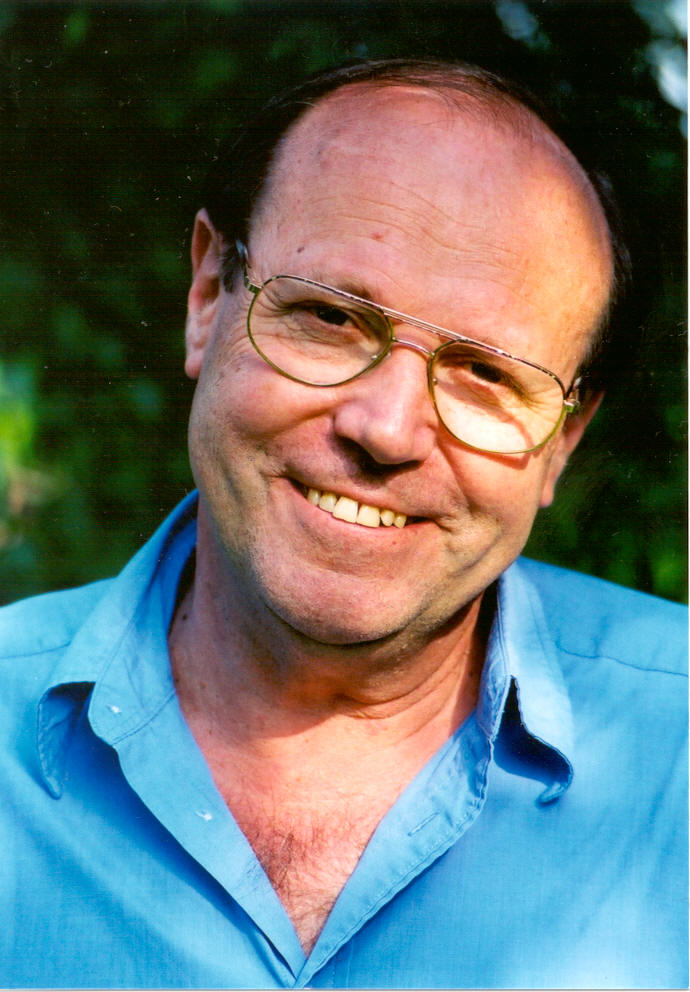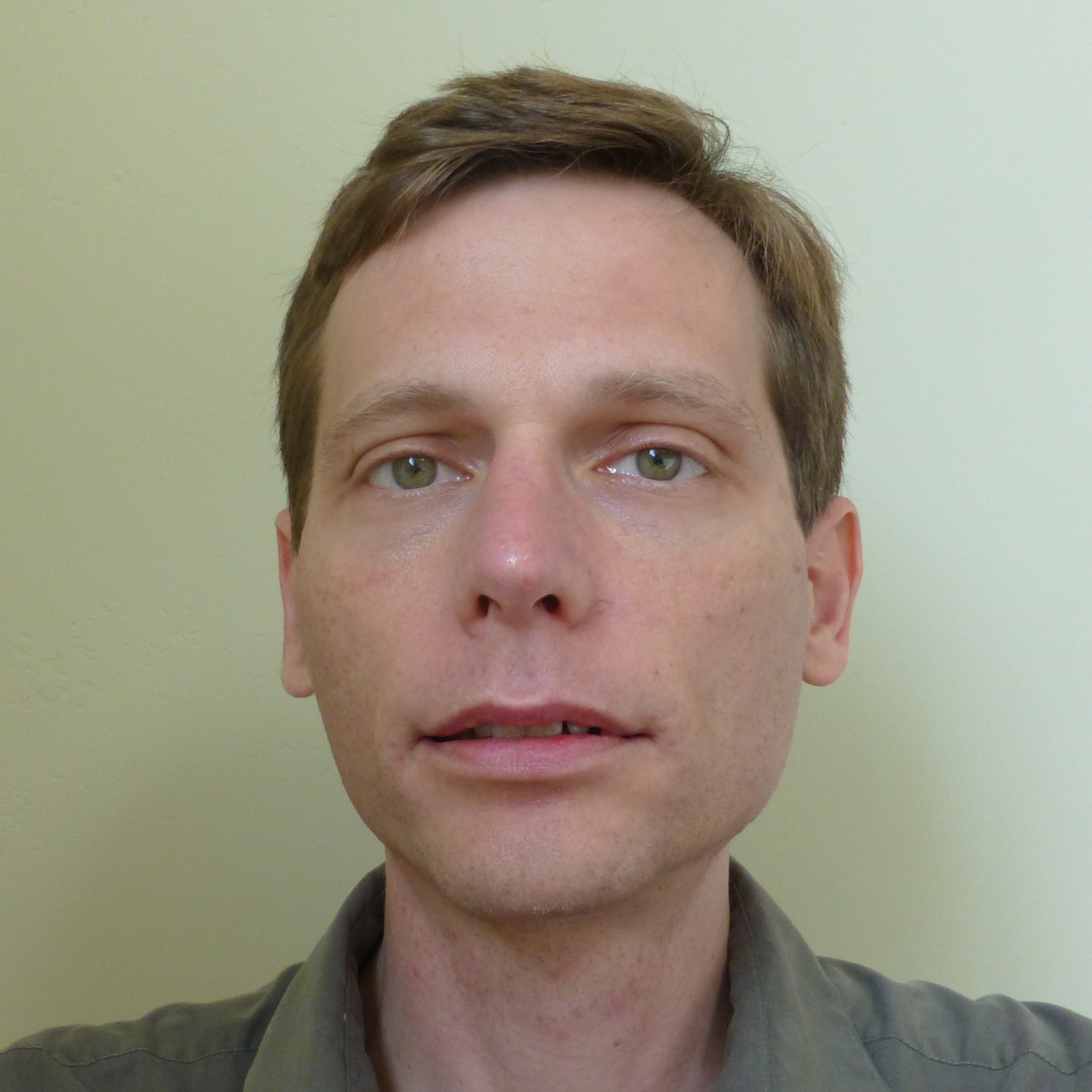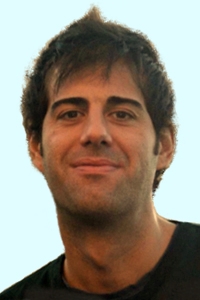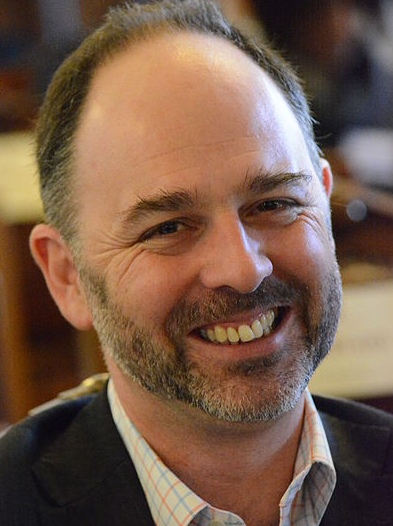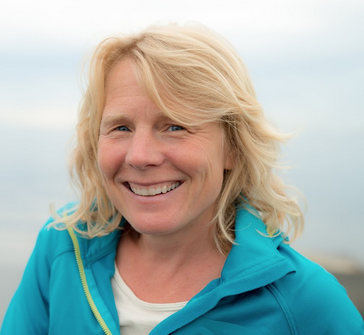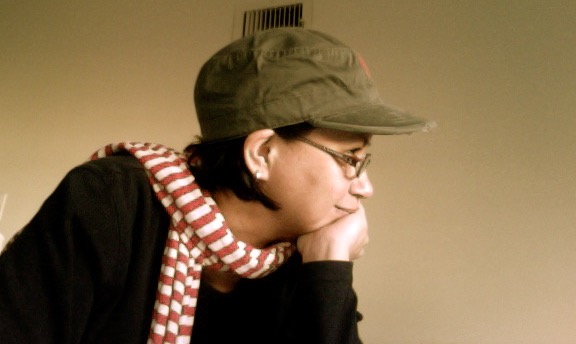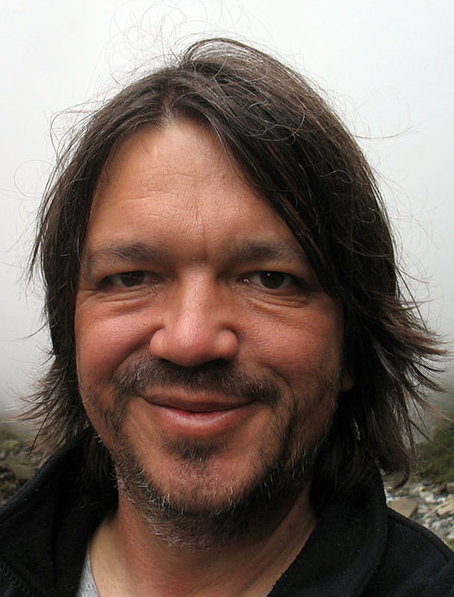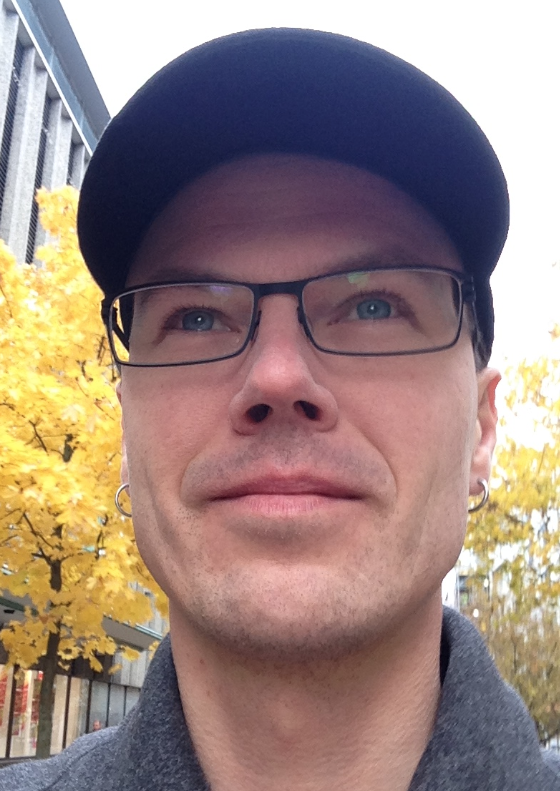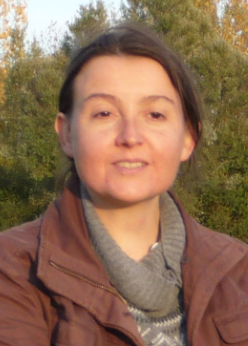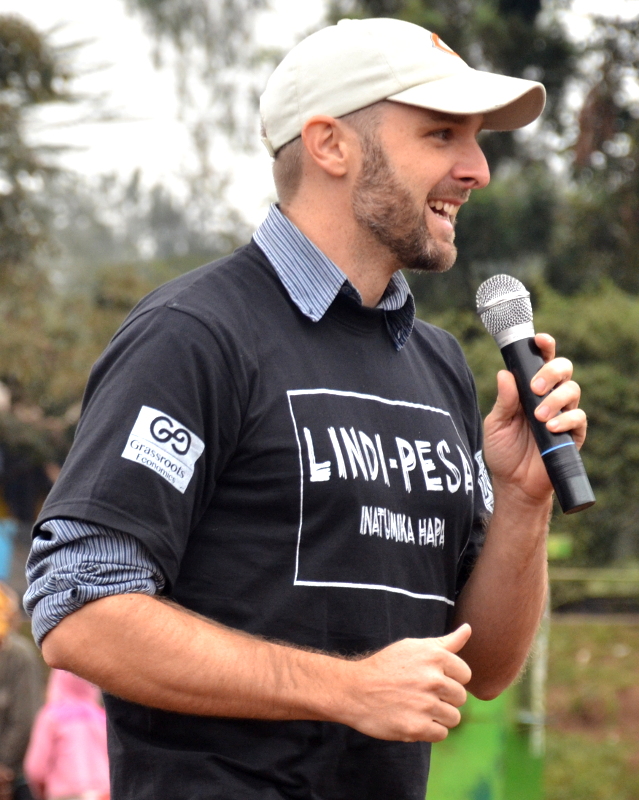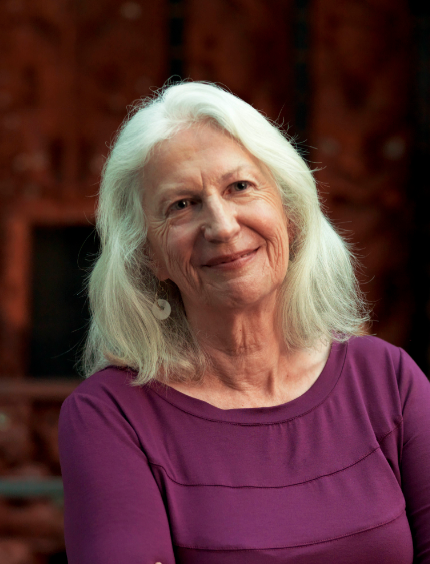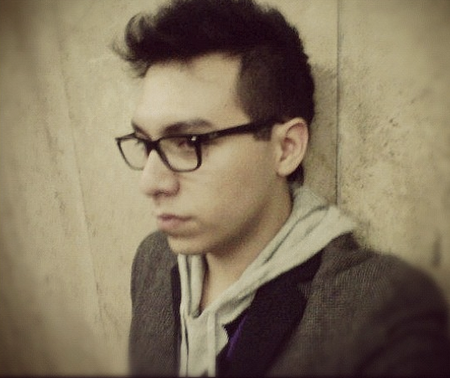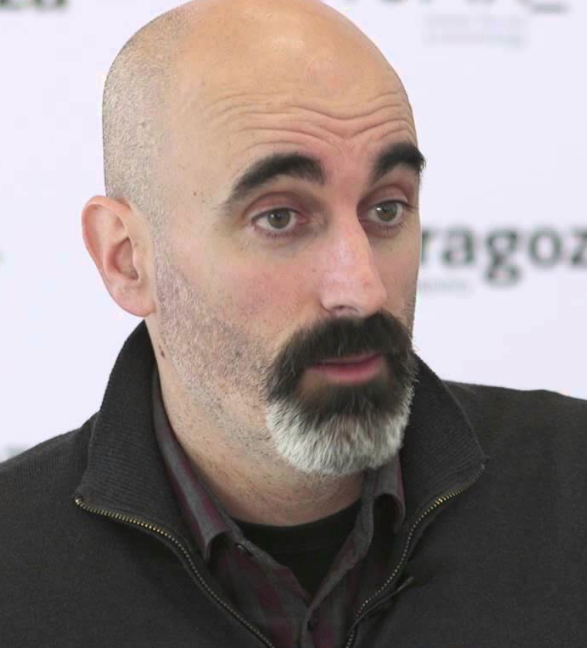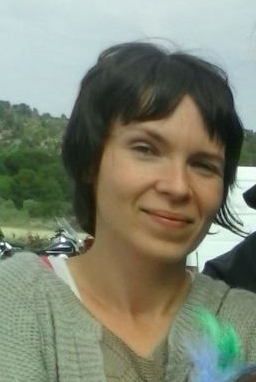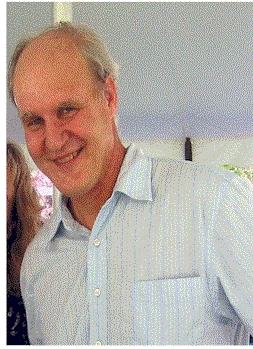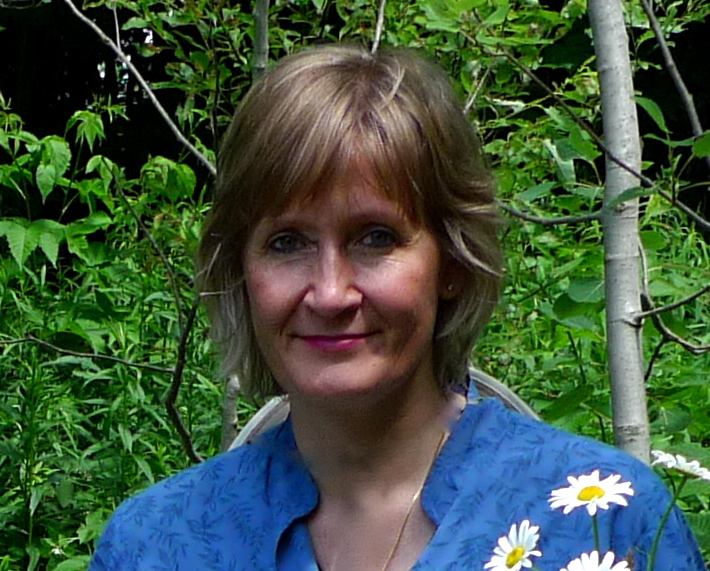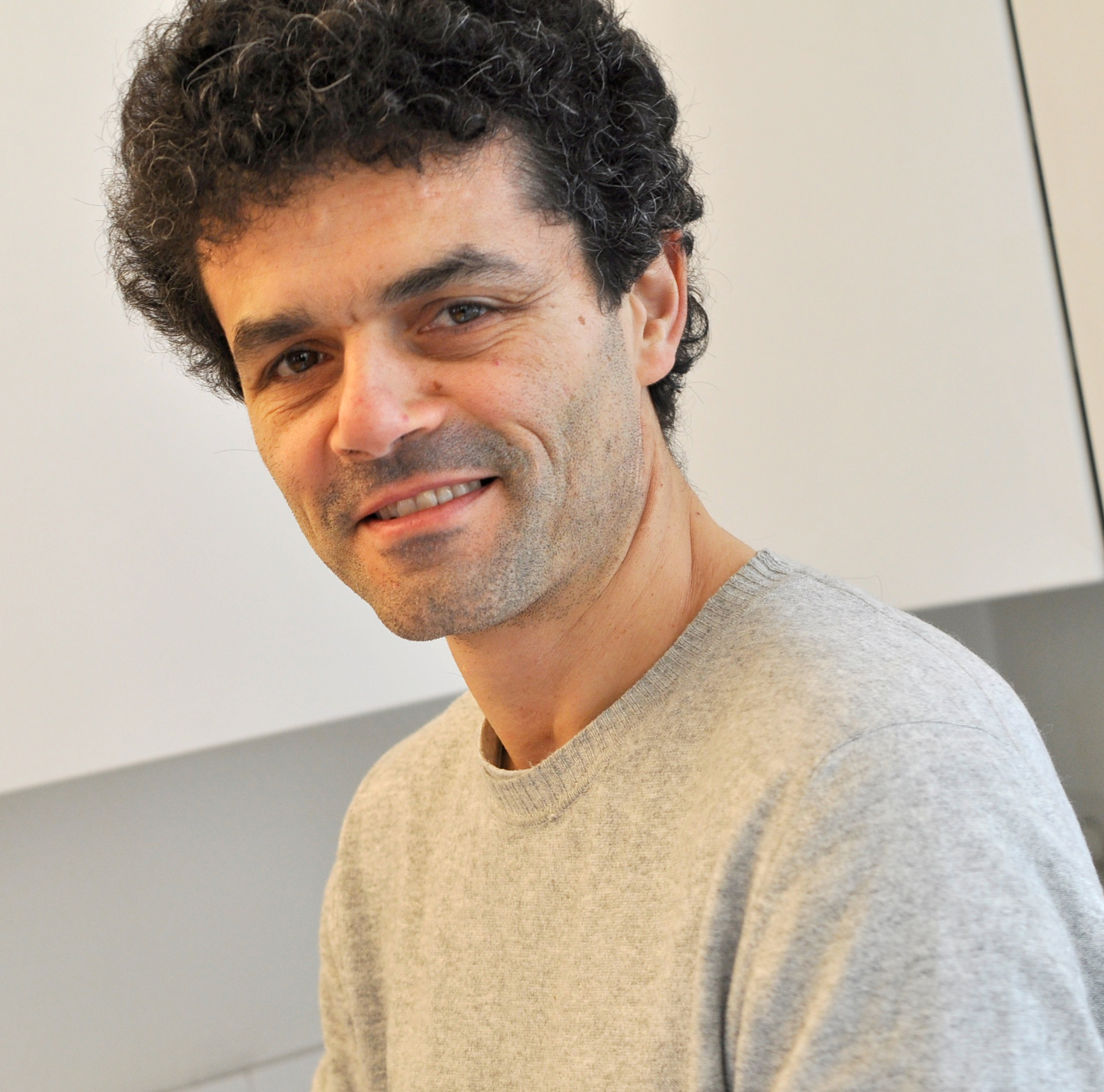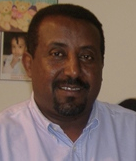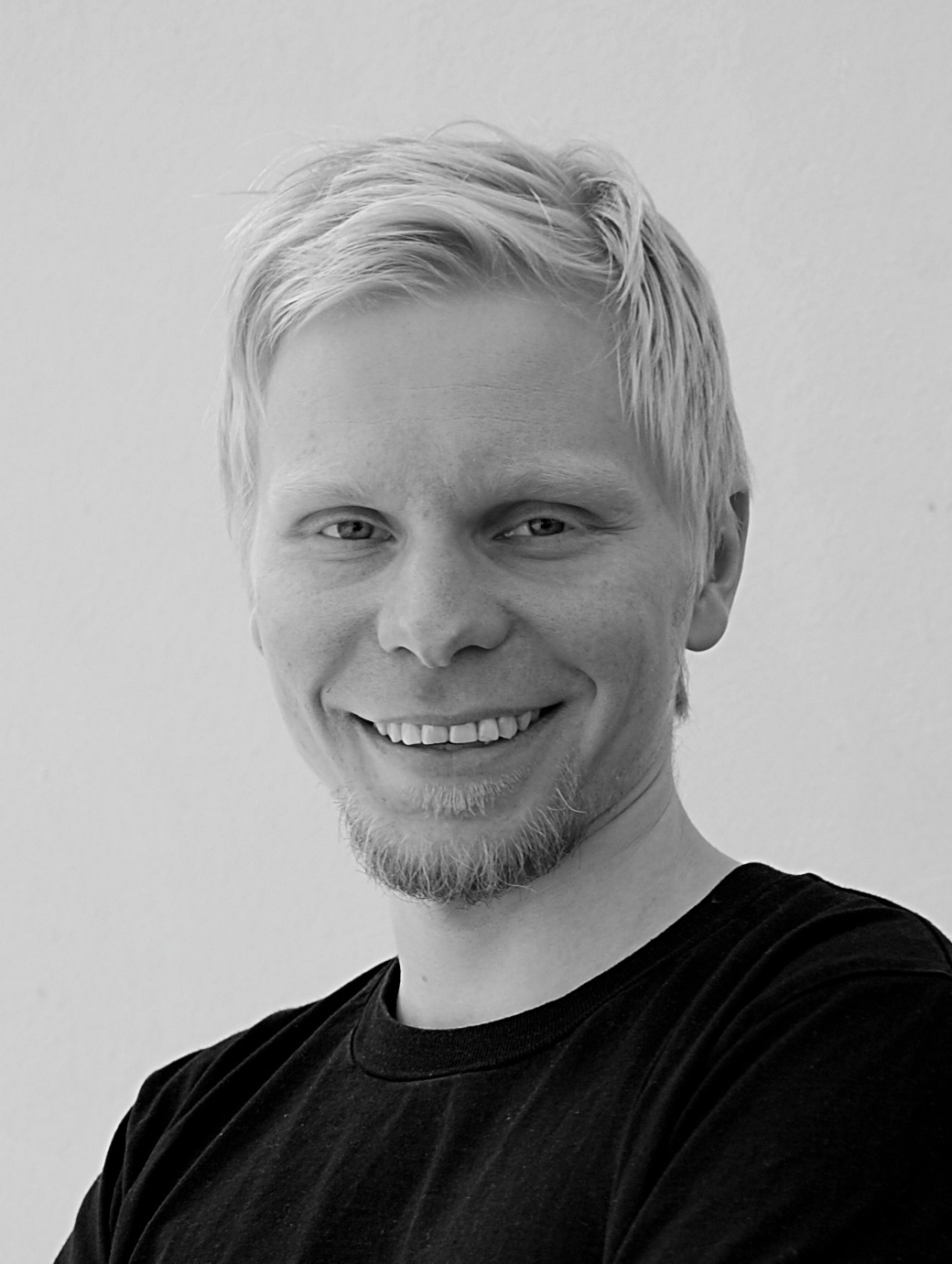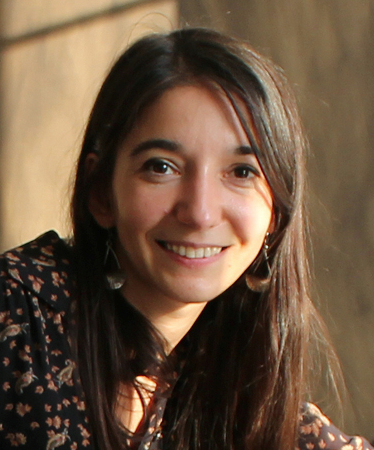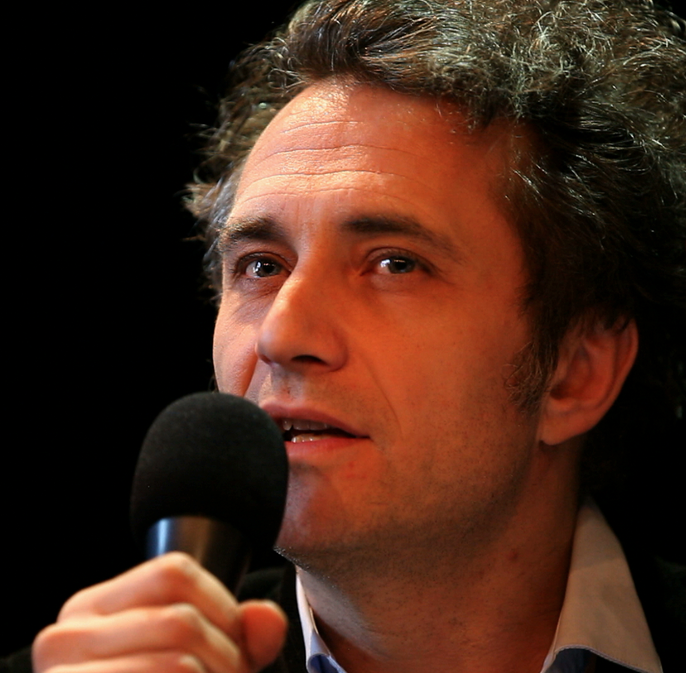Alain Ambrosi (Canada) is a designer and producer of intercultural projects, independent researcher, author, videographer and producer of the Remix The Commons Project.
Patterns of
COMMONING
OpenCourseWare and Open Education
By Mary Lou Forward
While the world has become increasingly digital, most formal educational systems have not taken full advantage of what the new technologies can provide. The Open Education movement seeks to address this disconnect by providing easier, cheaper and faster access to all sorts of standard learning resources – books, articles, databases, videos and other curricular materials. By using open networks and open content, Open Education also lets students and teachers separated by great distances interact with each other, opening up new types of learning opportunities.
Open Education is based on three basic ideas – that education is critical for personal and societal growth; that education is, at its essence, about sharing and building on knowledge; and that digitization and the Internet have created unprecedented opportunities to improve education worldwide by enabling sharing at a global scale. At the core of Open Education is a commitment to establish a vast pool of openly shared educational resources that are accessible and adaptable to everyone. The movement also shows a deep collaborative spirit to develop educational approaches that are responsive to every learner’s needs.
The Evolution of Open Education
The Big Bang of Open Education occurred when the Massachusetts Institute of Technology (M.I.T.) announced in 2001 that it would open its entire curriculum for the world. M.I.T.’s President at the time, Charles Vest, saw the potential of such sharing and asked a faculty committee to examine how M.I.T. might use the Internet to advance knowledge and educate students more effectively. The committee recommended that the university digitally publish its entire curriculum, including undergraduate and graduate courses, on the Internet.1 M.I.T. called its initiative OpenCourseWare (OCW).
The faculty concluded that, rather than start a market-based online education program, a better way to advance knowledge and support education would be to make its teaching materials accessible to anyone who wanted to see them. At the time, Creative Commons was establishing its free, standardized public licenses to allow copyright holders to authorize the sharing, re-use and modification of a copyrighted work.2 The M.I.T. OpenCourseWare initiative decided to use the Creative Commons licenses as a way to allow users worldwide to make their own translations and share everything from physics lectures to mathematical problem-sets.
In short order, other universities, recognizing the power of open sharing to transform educational practice, began their own open courses. Soon an increasingly diverse body of openly shared educational materials, collectively called Open Educational Resources (OER), were being created by people around the world. Groups have formed to translate OER into other languages, build online repositories, and promote international cooperation.
The Opensource Opencourseware Prototype System3 has organized more than 2,000 volunteers to translate over 3,500 open courses into Chinese. The OER Commons4 and the Connexions project – now Open Stax College5 – at Rice University formed two of the earliest OER repositories. To support the growing movement, the OCW Consortium6 was formed in 2005 (changing its name to the Open Education Consortium in 2014). It has grown into a worldwide community of hundreds of higher education institutions and associated organizations committed to advancing open education.
More recently, governments around the world have begun promoting open education. Under a 2010 grant program, the US Department of Labor has provided US$2 billion in funding over four years to help institutions create or improve educational programs for training workers in high demand areas. All educational materials created under this grant program must be openly licensed,7 making it the first major government initiative anywhere to fund OER development and use. Other governments are moving forward as well. At UNESCO in 2012, the Paris OER Declaration was formally adopted.8 In 2013, the European Commission announced its Opening Up Europe program, which includes a major effort to boost use of OER.9
Users and Projects
When M.I.T. first announced its OpenCourseWare program, it was assumed that the chief users would be other faculty members in search of useful teaching materials. It became quickly apparent, however, that the majority of users of OER are individual learners engaged in both formal and informal learning. Based on site user surveys, it is estimated that more than 400 million people worldwide are accessing high quality educational materials every year. They use OER for a variety of reasons – to help them perform better at work; to enhance coursework studying; to help them on a specific project; etc. – producing benefits that go well beyond what was initially envisioned.10
With each passing year Open Education projects have proliferated and diversified. Indonesia has developed an open education strategy as a way to address its uneven educational provisioning due, in part, to the country’s geography. The government aims to use OER to share educational materials, train faculty, customize resources for local circumstances, provide distance education and share expertise.11 The Virtual University of Pakistan12 is using OER as a way to make education available to everyone, develop hybrid education models at universities, and provide additional resources for students.
In the US, many community college students drop out of school because they cannot afford the high textbook prices. In response, Maricopa Community Colleges, the largest community college district in the country, started the Maricopa Millions project. The initiative aims to save students over US$5 million in five years by using OER instead of traditional, purchased textbooks. With the support of the Center for Teaching and Learning, faculty select appropriate OER materials for their courses and students do not need to buy expensive learning materials. In the course catalog, these courses are designated as “no cost,” alerting students to the savings and raising awareness of OER as an attractive alternative.13
More and more governments are starting to embrace open education as a pathway to more effective and accessible education.14 The British Colombia Open Textbook Project,15 financed by the ministry of education and managed by BC Campus, is developing dozens of openly licensed textbooks in the highest-enrolled academic subject areas. All textbooks use a Creative Commons license and are available free of charge in ebook formats and at cost for print-on-demand editions. The Open Learning Initiative is a social benefit organization using OER to bring basic education to rural and impoverished areas around the world, from Nepal to Rwanda.16 Other projects, such as the Flexible Learning for Open Education, are focusing on ensuring that materials are accessible to people with disabilities and to support learners with different learning preferences.17
Future Directions
Realizing the full benefits of OER in the future will depend on people’s awareness of its valuable benefits, and on developing new initiatives at all level. To help make the OER possibilities more visible, Open Education Week18 is an annual effort in March to raise awareness about the movement and its impact on teaching and learning worldwide. A lot has been accomplished over the past fourteen years, but the growing momentum around OER suggests an even bigger, more robust movement in coming years.
Mary Lou Forward (USA) is Executive Director of the Open Education Consortium, a worldwide community of hundreds of higher education institutions and associated organizations that supports the development of open, online and digital educational projects and policies.
- For more information on the evolution of OCW at M.I.T., see Cecilia d’Oliveira, Steve Carson, Kate James and Jeff Lazarus, “M.I.T. OpenCourseWare: Unlocking Knowledge, Empowering Minds,” Science, 329(5991):525-526 (July 30, 2010). https://www.sciencemag.org/content/329/5991/525.full
- For a good overview of the history of Creative Commons, see https://www.wired.co.uk/news/archive/2011-12/13/history-of-creative-commons. See also David Bollier, Viral Spiral: How the Commoners Created a Digital Republic of Their Own (New Press, 2008).
- In English: https://myoops.org/en. In Chinese: https://www.myoops.org/twocw
- https://www.oercommons.org
- https://cnx.org
- www.oerconsortium.org
- https://www.doleta.gov/taaccct
- https://www.unesco.org/new/en/communication-and-information/access-to-knowledge/open-educational-resources/what-is-the-paris-oer-declaration
- See https://europa.eu/rapid/press-release_MEMO-13-813_en.htm and https://www.openeducationeuropa.eu.
- For examples of user profile surveys, see https://www.oeconsortium.org/projects/surveyresults, https://www.oeconsortium.org/wp-content/uploads/2013/11/OCW-User-Feedback-Report_Final_May-2013.pdf, and https://ocw.mit.edu/about/site-statistics.
- See https://issuu.com/ocwconsortium/docs/oerinindonesia for an overview of this strategy and the challenges it seeks to address.
- https://ocw.vu.edu.pk
- See https://www2.maricopa.edu/welcome-to-the-maricopa-millions-oer-project and https://www.slideshare.net/OCWConsortium/the-evidence-towards-impact-the-maricopa-millions-oer-project
- For example, see Open Scotland https://openscot.net, Opening Up Slovenia https://www.k4all.org/openingupslovenia, and the US commitment to open education as part of its Open Governance Partnership activities: https://www.whitehouse.gov/blog/2014/09/26/promoting-open-education-help-teachers-and-students-around-world
- https://bccampus.ca/open-textbook-project
- https://www.ole.org
- https://floeproject.org
- https://www.openeducationweek.org
